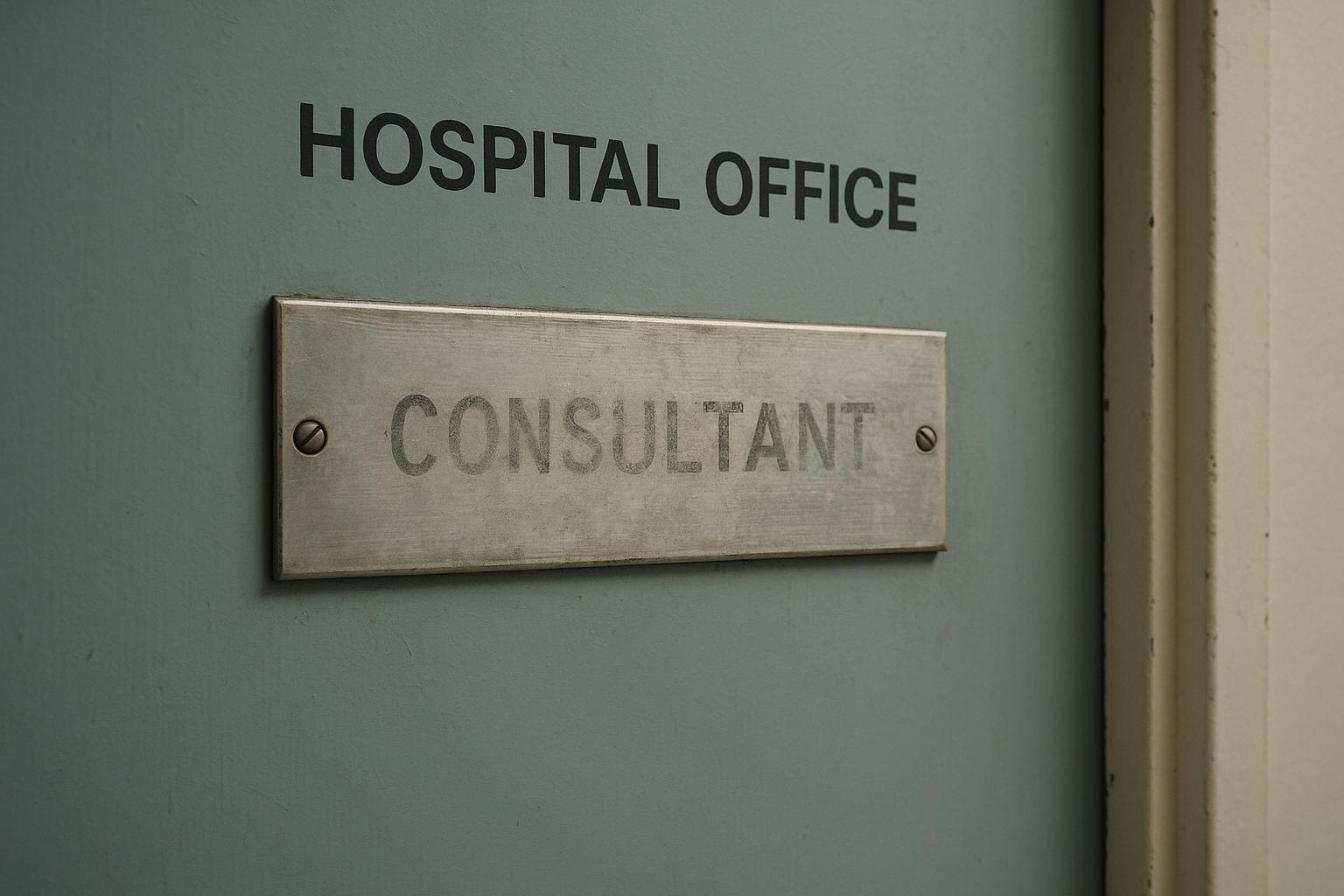The NHS is grappling with a severe staffing crisis that has left one in three senior doctor positions unfilled in parts of England and Wales, a situation described by medical professionals as a "complete nightmare." According to a report published in the British Medical Journal (BMJ), data obtained through Freedom of Information requests revealed that between 2022 and 2025, there were 33,000 consultant vacancies across these regions—enough to staff more than 66 large hospitals. The chronic shortage has compelled NHS trusts to spend £674 million on costly agency doctors in the 2024/25 period, as recruitment for permanent roles often stretches to a year. This intense pressure means remaining doctors frequently work beyond capacity, resulting in longer patient wait times and exhausted healthcare staff.
The report coincides with findings from the British Medical Association (BMA), which highlights that the healthcare system in England currently falls short by 150,000 permanent staff. This deficit follows over a decade of funding constraints, which experts link to rising patient mortality rates, with one Cambridge University study estimating that staffing shortages cause around 4,000 additional deaths annually. Notably, the shortage extends into specialist roles, including anaesthetists, where the Royal College of Anaesthetists reports a 15% shortfall. Their 2024 analysis notes that the UK ranks 26th in Europe for anaesthetist density, with approximately 1.4 million operations annually going unperformed due to workforce deficits—numbers that could soar without increased training and recruitment efforts.
Consultant vacancies are not only impacting patient care but also causing operational delays within hospitals. A survey of NHS recruiting managers found that over 60% reported that consultant shortfalls significantly worsen waiting times, while more than half believed they decrease care quality. Nearly a third of trusts regularly depend on overseas recruitment to fill challenging vacancies. Yet, despite rising demand, very few expect budget increases to support recruitment, further complicating efforts to close staffing gaps. Medical leaders suggest that addressing the crisis requires long-term structural reforms, including streamlining specialist training to develop more homegrown consultants, particularly in high-need areas.
The staff shortages are particularly acute in Scotland, where the BMA's Freedom of Information requests have uncovered over 1,000 whole-time equivalent consultant vacancies—enough to operate two large hospitals. This figure starkly contrasts with official government numbers that reported fewer than half as many vacancies, underscoring a substantial workforce crisis in the Scottish NHS. Moreover, spending on locum and agency doctors in Scotland has surged, with annual costs now exceeding £129 million, nearly doubling over the past decade. These trends reflect a broader pattern of rising temporary staffing use as permanent vacancies remain unfilled, exacerbating financial pressures on the health service.
While NHS England maintains that agency spending is decreasing and projects savings of £1 billion over two years, critics argue that the ongoing difficulties in recruitment and retention reveal a workforce at a tipping point. The current Labour government has pledged to reduce reliance on agency staff and international recruitment, but as the reports indicate, these goals will require careful balancing against increasing service demand and the urgent need for sustainable workforce planning. NHS officials mention ongoing development of a 10-year Health Workforce Plan aimed at addressing these challenges through strategic staffing forecasts and resource allocation.
Overall, the mounting shortfall in NHS consultants and specialists such as anaesthetists poses a serious threat to patient care and hospital operations across the UK. Experts call for immediate government intervention to boost funding, reform training pathways, improve working conditions, and incentivise retention. Without swift and effective action, the crisis risks deepening, limiting access to essential treatments and placing an unsustainable burden on the remaining healthcare workforce.
📌 Reference Map:
- Paragraph 1 – [1] (Mirror), [3] (BMA report)
- Paragraph 2 – [1] (Mirror), [3] (BMA report), [2] (Royal College of Anaesthetists)
- Paragraph 3 – [1] (Mirror), [3] (BMA report)
- Paragraph 4 – [4] (BMA Scotland FOI), [6] (BMA Scotland FOI), [5] (NHS Scotland workforce statistics), [7] (NHS Scotland workforce statistics)
- Paragraph 5 – [1] (Mirror), [3] (BMA report)
- Paragraph 6 – [1] (Mirror), [3] (BMA report), [2] (Royal College of Anaesthetists)
Source: Noah Wire Services
